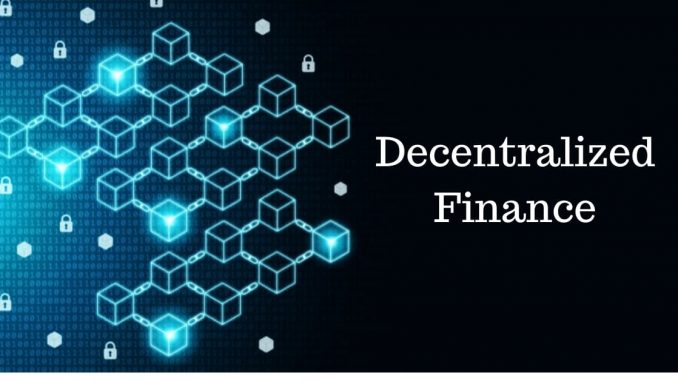
What’s better, classic or new? Classic has staying power, sure, but nothing provokes envy like shiny and new.
Decentralized Finance, or DeFi for short, is without question this moment’s shiny and new. You’ve probably heard about it two or twenty times recently. At its essence, DeFi is the promise that increasingly complex operations—previously facilitated and overseen by traditional and centralized institutions—will shift towards the domain of blockchain. Such operations will reach well beyond the simple transfer of assets that most people currently associate with cryptocurrency. DeFi is incredibly popular and it represents a massive disruption for banks and exchanges.
At a conceptual level, DeFi isn’t new at all. After all, blockchain was advertised from the beginning as a trustless transaction mechanism. Middlemen everywhere, bankers included, were supposed to get cut out of the loop. Considering this, DeFi isn’t just a random offshoot of distributed ledger technology. It’s almost DLT’s reason for existing.
That’s not to say DeFi is just an old car with new paint, either. Peer over the hype, FOMO, and dollar signs, and there are truly intriguing ideas underneath the mania. Money markets, exchanges, liquidity pools, and loans ranging from overcollateralized to non-collateralized are already underway. These are actual, evolutionary steps forward on the path to decentralization. Early adopters have poured serious cash into decentralized exchanges like Uniswap and Sushiswap, and some centralized exchanges have already rolled out plans for their own DeFi platforms, such as FTX’s Serum.
The road to full DeFi will be pockmarked with growing pains, failed projects, and piles of investments that never pan out, but it seems clear there is something substantive under the shiny veneer. So what’s better, classic or new? Maybe this dichotomy matters less than the one between something versus nothing. DeFi is old, new, and most definitely something. It’s past time to pay attention.




![[November]Uptober No More](https://coinhubkorea.com/wp-content/uploads/2025/10/Whisk_d78880efb01a730907f4be201effefe1dr-1-100x70.jpeg)

